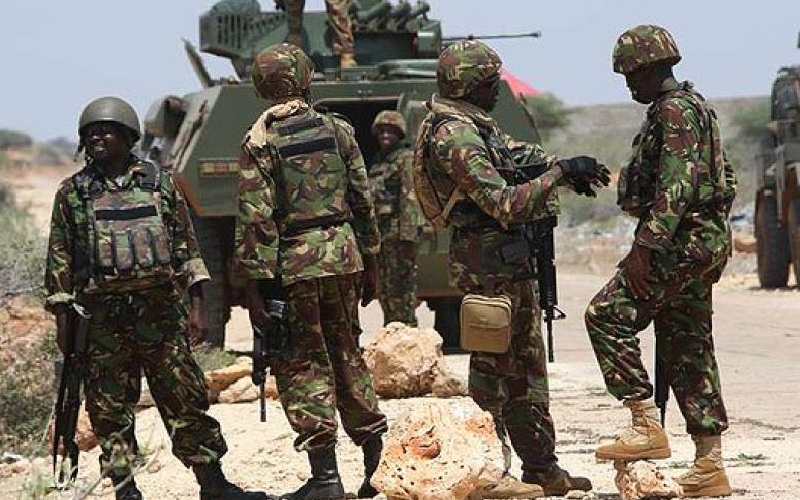×
The Standard e-Paper
Kenya’s Boldest Voice

Kenya defence forces while on patrol in Lamu after the dusk to dawn curfew was ordered. [Jane Mugambi, Standard]
Lamu is yet again in the news after another bloody attack claimed the lives of 13 people, including four police officers, two weeks ago.